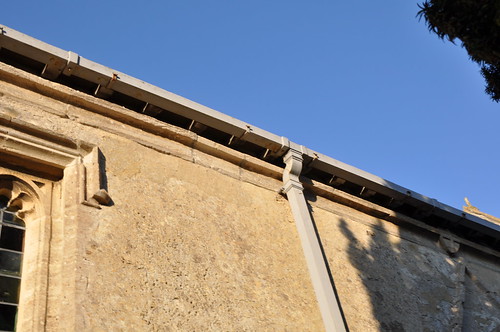Boran Muay Thai – The Art of 8 Limbs

The art of Muay Thai kickboxing first entered the western world in the late 1960s. However, it was not until the 1980s and 1990s that it started to gain widespread appeal and popularity. This has led some to assume the art is a ‘new’ combat sport that evolved in recent history. This is certainly not an accurate assessment as Muay Thai has been around for hundreds of years having derived from even older arts that predate the early forms of the sport.
Muay Thai is dubbed the “Art of Eight Limbs” because it employs fists, feet, elbows, and knees in its striking. While many give Muay Thai credit for being the art that originated such a concept, it is actually the prior art of Muay Boran that developed such a methodology. You could say that Muay Boran is to Muay Thai what old pugilism is to boxing. Namely, it is a bare-knuckle art that morphed into a sport as protective gloves and gear were integrated into the training and competitive arenas of the system.
Unfortunately, unlike pugilism, much of the history of Muay Boran has been lost to the ages. Muay Boran means ‘ancient boxing’ and was practiced by the people of Thailand somewhat in the 13th century towards the 16th century. It is believed that the art was practiced by the Tai-Kadai tribes that were among the first to have settled in the North Thailand region in the 1200s. The reason that it is difficult to trace much of the history is because of invasions and plunders by Burmese tribes. Such raids led to the ransacking of villages and towns and many records were destroyed. With the destruction of these records, so went much of the ancient history of the art of Muay Boran.
Muay Boran was not an art that was completely developed in isolation. Early Khmer, Chinese, and Indian martial arts were among the influences that led to the development of the art. Since there had been a number of raids by the Burma in Thai territory, the development of an unarmed combat method was developed. It was mainly Buddhist monks that were responsible for the training and development of the art.
The ability to develop skill with fighting prowess will forever be connected to how much time is invested in sparring. As such, the early practitioners of Muay Boran would spar in a safe, controlled manner to develop their skills. Originally, the art was fought barehanded but fighters would soon start to wrap their hands in hemp rope. This was probably done to reduce the occurrence of broken knuckles and wrists which would be most common in bareknuckle competitions.
Eventually, the sparring of Muay Boran would be integrated in festivals and celebrations as a means of entertainment. Fighters would commonly perform in front of royalty. This would seem to slowly set the stage for the transition of the art to a spectator sport and the eventual development of modern Muay Thai.
Recommend : Kindle Store eBook American Mailbox